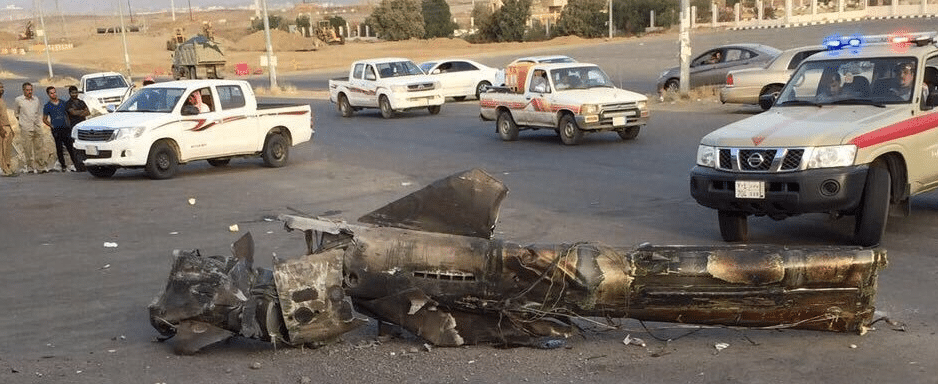One may be forgiven for not noticing that Saudi Arabia on June 6 used Patriot missiles to intercept a Scud-class missile fired by Houthi rebels in Yemen. Besides adding the Saudis to the very short list of states that have intercepted a ballistic missile fired in anger, the episode holds several lessons about regional security concerns — and in particular, about Iran’s ongoing missile development.
Among them: the U.S. and its regional partners are going to have to work a lot harder because missiles are missing from the P5+1 nuclear negotiations.
Iran’s missile program, the largest and most diverse in the region, includes the 2,000-km Shahab-3, the solid-fuel Sejjil of similar range, shorter-range rockets, anti-ship missiles and a new long-range cruise missile. A comprehensive approach to Iran’s nuclear capability would have dealt with its longer-range ballistic missiles, likely its preferred nuclear delivery system. The State Department originally pushed to include them in negotiations—but Tehran pushed back and Washington backed down. This is unfortunate; Iran’s retention of long-range missiles makes more problematic its likely future status as a threshold nuclear weapons state.
Iran’s missile program, the largest and most diverse in the region, includes the 2,000-km Shahab-3, the solid-fuel Sejil of similar range, shorter-range rockets, anti-ship missiles and a new long-range cruise missile. A comprehensive approach to Iran’s nuclear capability would have dealt with its longer-range ballistic missiles, likely its preferred nuclear delivery system. The State Department originally pushed to include them in negotiations—but Tehran pushed back and Washington backed down. This is unfortunate; Iran’s retention of long-range missiles makes more problematic its likely future status as a threshold nuclear weapons state.
Missile limitations are sometimes seen as the lesser stepchild in the nonproliferation family, but they have actually been instrumental in arms control. Early arms-control treaties with the Soviets did not regulate nuclear weapons or enrichment at all, but rather the missiles and bombers to deliver them. Other nations that agreed to give up nuclear programs — for example, South Africa and Libya — did so in tandem with missile limitations. In general, long-range missile development has been an excellent historical indicator of both intent to acquire nuclear weapons and of good faith in agreements to roll such programs back. And missile testing and possession is easier to spy upon than, say, underground nuclear enrichment, materials, assembly, storage, or testing…
Read the full article on Defense One.
